Healthy food grown in a home garden benefits the health of the family that grows it, strengthens family bonds, teaches important lessons for everyday life, and fosters a feeling of self-reliance and pride in the face of uncertainty. The first step in beginning a garden is to get a planting calendar. Below we learn the Mississippi vegetable planting calendar, seasonal Mississippi vegetable planting guide, Mississippi planting zones, month by month vegetable planting schedule for Mississippi home gardens.
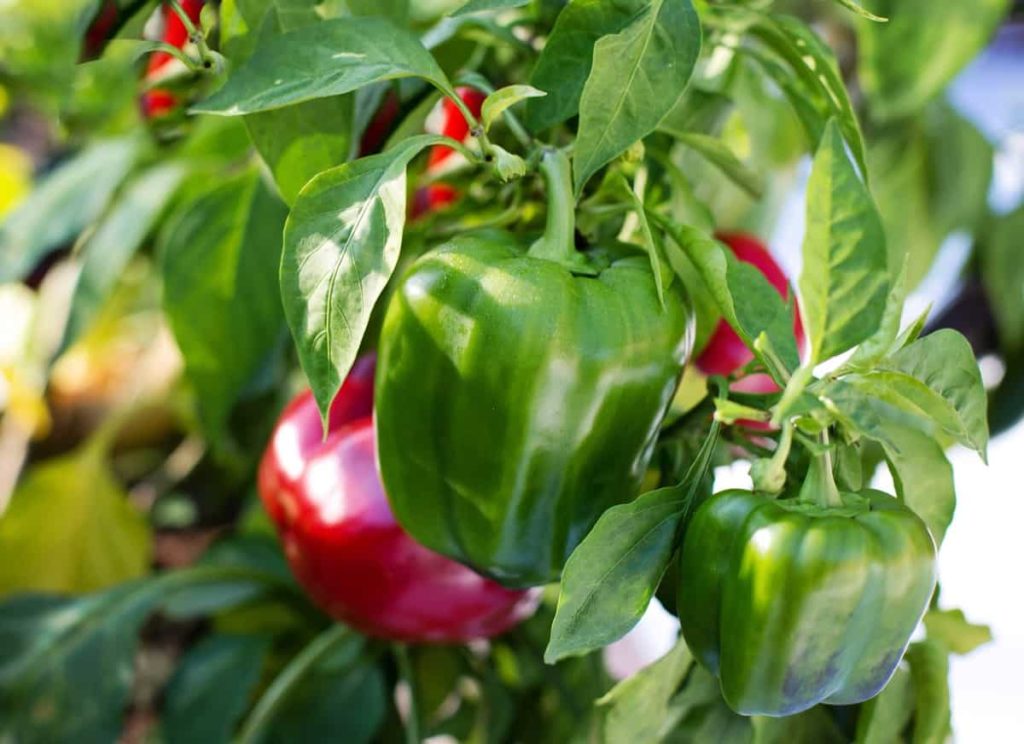
Mississippi vegetable planting calendar (MS)
What vegetables do you plant in the fall in Mississippi?
The soil quality in a garden can modify the appearance and development of vegetables. Seedlings take longer to emerge and may not survive in soils that are too cold, damp, crusty, or cloddy. Seedlings, particularly bean seedlings, are vulnerable to root rot infections. Additionally, plants can show signs such as stunted, growing slowly, lacking color, and having shallow, deformed roots due to issues with the soil.
Crusts, subsurface hard layers of soil called hardpans or fragipans, stagnant water, and erosion are all symptoms of soil with inadequate structure. Manure, sawdust, composted leaves, bark, or peat moss can all be added to the soil to boost its organic matter content. Green manure crops (rye, southern pea plants, soybeans, and others) and plant remnants like sweet corn stalks should be turned beneath after harvest. If you plan on using plant scraps to enrich your garden soil, be sure they are disease-free.
Planting cover crops in the autumn, such as clovers, and vetch, helps keep soil from washing away and nutrients from plants from washing away. Turning them under in the spring releases organic matter and nitrogen, which are both beneficial. There is a wide range of nutrient content in manures because of factors such as the proportion of straw, the length of time the manure has been stored, its age, its exposure to the elements, and the depth of its composting.
When using chicken litter as a fertilizer, it’s important not to overdo it. If you have a garden that is 1,000 square feet in size, you should not use more than 200 pounds. Although the nutritional value of cow and horse dung is smaller than that of chicken manure, it can be administered at a rate of 250–300 pounds per 1,000 square feet. To keep your garden from running out of nitrogen, use manure that has matured (composted) for at least three months. Plants may be harmed if too much nitrogen is used up.
What planting zone is Mississippi in?
Humid subtropical best describes Mississippi’s climate. Winters are warm and brief, while summers are hot and humid. It does snow in the south, although often not as much as it does up north. Coastal areas tend to have higher than average humidity and precipitation. The potential for hurricanes to form in the Gulf of Mexico rises as summer turns to fall. The Magnolia State encompasses USDA hardiness zones 7b through 9a. An online planting zone map makes it easy to pinpoint your exact planting zone.
In case you missed it: Massachusetts Vegetable Planting Calendar (MA): Month Wise Garden Guide for Fall, Winter, Spring, Summer, Zone 5, Zone 6, and Zone 7
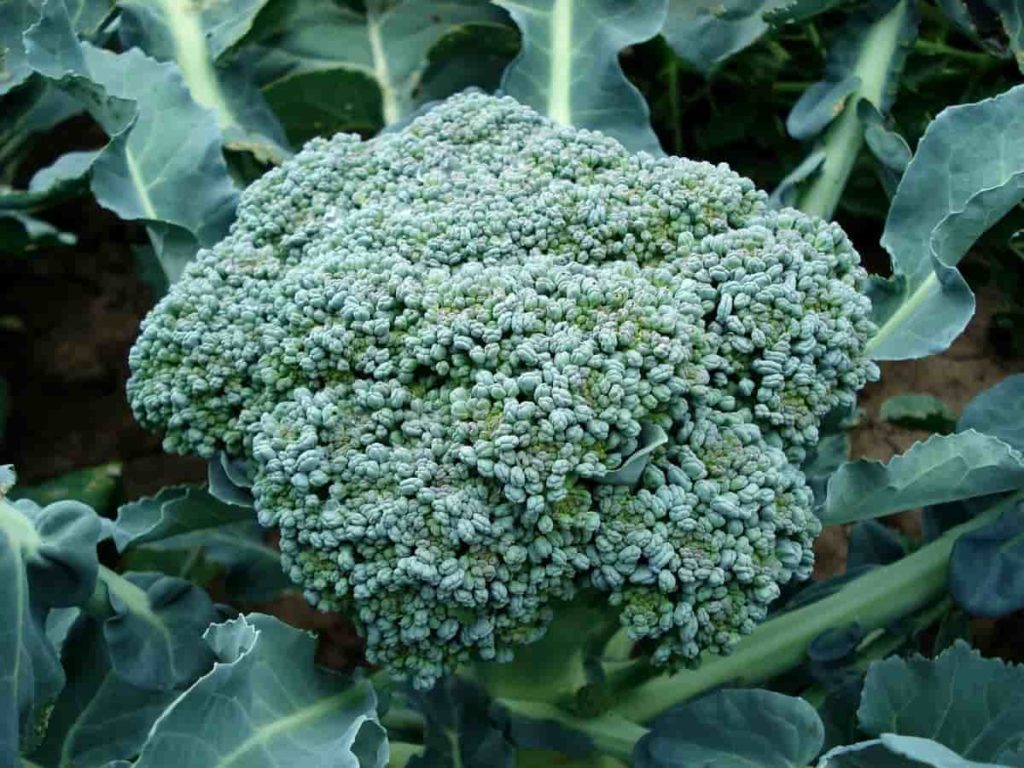
Whether you want to know if your plants will survive the winter in a particular place, you must look at their growth zone. Plant hardiness zones are used to determine the optimal planting season. Due to variations in the dates of the first and last frosts throughout the state, planting zones in Mississippi vary greatly. Each planting zone will have its unique timetable. You can choose from a wide variety of flowering plants and trees that are well-suited to the climate of Mississippi.
Hydrogenias, burgundy fringe flowers, Japanese red maples, cherry plums, gardenias, knock-out roses, and camellias are only a few of the plants that do well there. Further, Mississippi is home to several vegetable varieties that do particularly well in the state’s climate and soil. Turnips, eggplant, lima beans, green onions, sweet peppers, leafy greens, and lettuces are some plants that do particularly well in these climates and zones.
When should you plant tomatoes in Mississippi?
Since it takes many extra weeks to harvest tomatoes from seeds, most tomatoes are planted as transplants. Transplants should not be planted until it is safe to do so in the spring. Plants are slowed down by the coolness of the soil and the air, delaying the harvest. When placing the transplants, a starting solution should be used. To avoid slowing the growth of transplants, remove any little fruits that may have formed before planting.
Plants planted in the spring are often watered and cared for throughout the summer to ensure a harvest in the autumn. This is achievable with mulch, watering, fertilizer, and an effective pest management program; nevertheless, the resulting autumn fruit is often rather tiny. The lack of a consistent pruning schedule throughout the season is to blame. Tomatoes grown from a second planting in the autumn provide enormous, beautiful fruit. Seedlings should be started in June, then transplanted in late July or early August.
During the pruning process, you can harvest rooted cuttings that may be used to start a new planting. Tomato transplants should be planted at a depth greater than their previous location in the plant bed, peat cup, or plastic tray. Both indeterminate and determinate garden tomato plants need to be elevated off the ground to avoid fruit rot and sun damage. The most popular support method is wooden stakes, often inserted when planting or soon after.
Concrete reinforcing wire cages with a diameter of at least 18 inches are also common. 18-inch-high cages coated in transparent acrylic protect against chilly winds and sand. The combination of black plastic mulch spread down to planting and plastic-wrapped cages are helpful to seedlings. Plants can be staked in a row without being attached. Nylon string extends from stake to stake, along the row on both sides, and at multiple levels.
What can I plant in October in Mississippi?
Mid- to late-summer is the best time to plant cool-season veggies for harvest in the autumn. Planting autumn vegetables that take longer to develop, such as beets, broccoli, cabbage, Brussels sprouts, and cauliflower, in August is recommended. The chilly autumn air helps these crops mature into a more flavorful and prolific form, according to gardeners in Mississippi. During the month of September, you can plant your leafy greens. Plants other than leafy greens should be grown from seedlings.
It is suggested to grow Green Comet and Green Duke broccoli, Snowball and Snow Crown cauliflower, Violet Queen cauli, Blackseeded Simpson, Red Sails Bibb lettuce, Salad Bowl, and Bloomsdale Longstanding spinach for regions with growth conditions comparable to Mississippi. Vegetables grown during the cool season may withstand frost, but they should be stored somewhere safe from the cold. Cover the rows with a blanket or sheets if the temperature drops below 32 degrees Fahrenheit at night.
Vegetables that thrive in cooler weather should be watered daily until the temperature drops below 80 degrees Fahrenheit. Cooking with herbs and using herbs in salads is a great way to enjoy autumn’s bounty. Fennel, dill, and basil should be grown throughout the warmer months. Herbs like mint, oregano, sage, cilantro, savory, and parsley mimic the properties of cool-weather produce. In Mississippi’s warm, humid climate, rosemary, a perennial plant, grows into a compact shrub. An autumn garden with herbs, except basil, can get by on less water than one with vegetables.
In case you missed it: Michigan Vegetable Planting Calendar (MI): Month Wise Garden Guide for Fall, Winter, Spring, Summer, Zone 4, Zone 5, and Zone 6
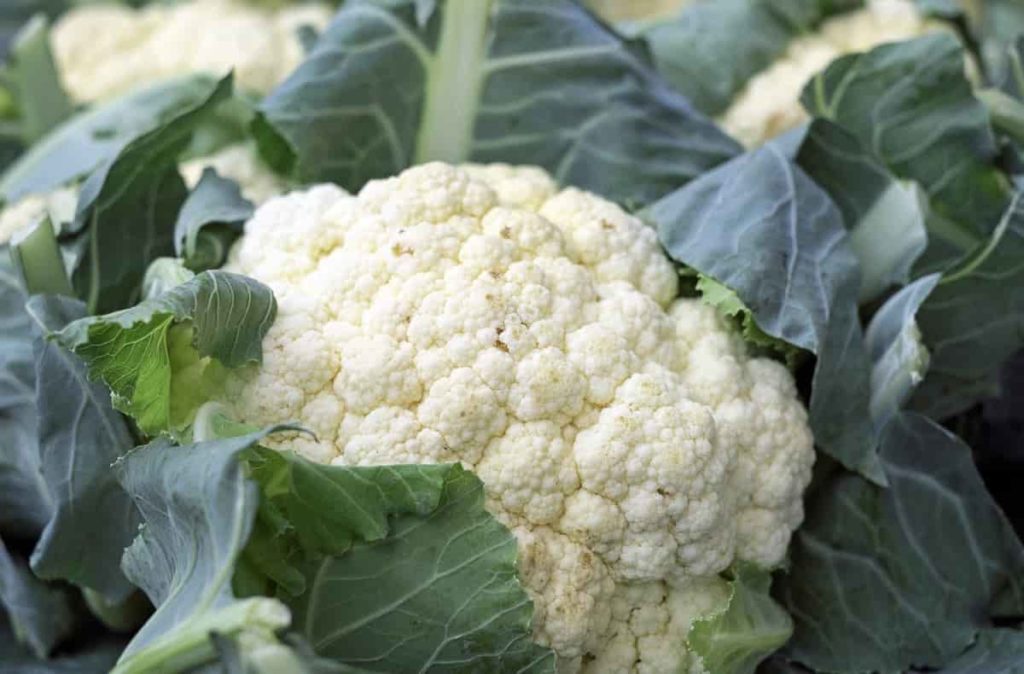
When should I start a garden in Mississippi?
Sweet peas should be planted in January in a sunny location in a well-prepared plot. Broccoli, onions, collards, cauliflower, beets, and radishes are just a few cool-season veggies that can be started indoors in seed frames in February. In February, you can plant your asparagus outside. Tomatoes and eggplants may be started inside in seed trays, while outside sweet peas can be planted at this time.
Seeds of okra, peppers, and squash can be started indoors in April. Vegetables like eggplant, tomatoes, beans, and cucumbers growing in seed trays should be moved outside in May. Grow cantaloupe and watermelons in the ground. Tomatoes and snap beans are two plants that should be sown in June for an autumn harvest. Plant autumn crops like pumpkins and parsley in July. Second plantings of cool-weather crops, including broccoli, cabbage, and spinach, should be made in August.
Can you grow Brussel sprouts in Mississippi?
Vegetable gardens in Mississippi rarely include this slow-growing, cold-hardy, long-season crop. Neither the spring nor the autumn has sufficient periods of chilly weather to ensure optimal harvests. If you want to grow a crop in the spring, you need to start your seeds inside early and side-dress your plants twice, once when they first start growing and once when they start sending up sprouts.
Plants for an autumn harvest should be started in the middle of summer. Always water your plants regularly and space them out at least 24 inches. Wherever two leaves meet the main stem, a sprout will appear. Leave the leaves on the plant while the sprouts grow. The lower sprouts will grow earliest, and you can pick them with the leaves. Mild temperatures result in tender young plants.
Unfortunately, sprouts are typically infested by aphids throughout their development, rendering them useless. Tomatoes and snap beans are two plants that should be sown in June for an autumn harvest. Plant autumn crops like pumpkins and parsley in July. Second plantings of cool-weather crops, including broccoli, cabbage, and spinach, should be made in August.
How do you grow lettuce in Mississippi?
Mississippi’s spring and autumn seasons are ideal for growing leaf and head lettuce. If you’re looking for lettuce that can withstand the elements, go no further than leaf lettuce. You can either sow seeds inside in a cold frame or outdoors in the spring to prepare your plants for transplanting. When the weather in May is mild, a harvest of head lettuce grown from seeds planted outside in early spring is possible.
Keep in mind that your garden head lettuce doesn’t have to mature into a proper head before you pick it and utilize it. Lettuce is quite adaptable, so it’s simple to replant, and it grows faster in a spacious plot than in a confined seed row. Plant kinds of butterhead bibb lettuce at a distance of 6 inches, crisp head lettuce at a distance of 10 to 12 inches, and thin leaf lettuce at a distance of 4 inches.
Lettuce of every kind needs abundant nitrogen because of its voracious appetites. As a result of its tiny size and shallow root system, consistent soil moisture is essential for optimal development. Lettuce needs a cool, damp environment to flourish; in warmer climates, it may become tough, bitter, and even go to seed if it is not watered regularly.
What can I plant now in Mississippi?
Spring gardening in Mississippi
Before March 15th, you should start fresh rose plants. At this time, you can plant broad-leafed evergreens like magnolia and holly. Grow Sweet William, Pansies, English Daisies, and Calendula as annuals in colder climates. Separate the chrysanthemums, cannas, coreopsis, phlox, and obedient plant. Tomatoes, peppers, and eggplant should all have their seeds planted now. Prepare a spread of thyme, oregano, chives, lemon balm, sage, and winter savory.
Plant some Baby Blue Eyes, Larkspur, Sweet Peas, and Forget-me-nots. Pruning and relocating flowering plants is now possible. You can relocate tiny shrubs bare-rooted, but larger ones must be transported with a ball of soil. To relocate Crape myrtles, this is the finest month. Sodding of lawns is now possible. Gladiolus bulbs should be planted this month for continual blooming next spring. You should grow some Hostas. As soon as the temperature rises over 50 degrees, caladium seeds may be planted in outdoor pots.
In case you missed it: Top 25 Amazing Annual Shade Plants: How to Grow and Care in Your Garden
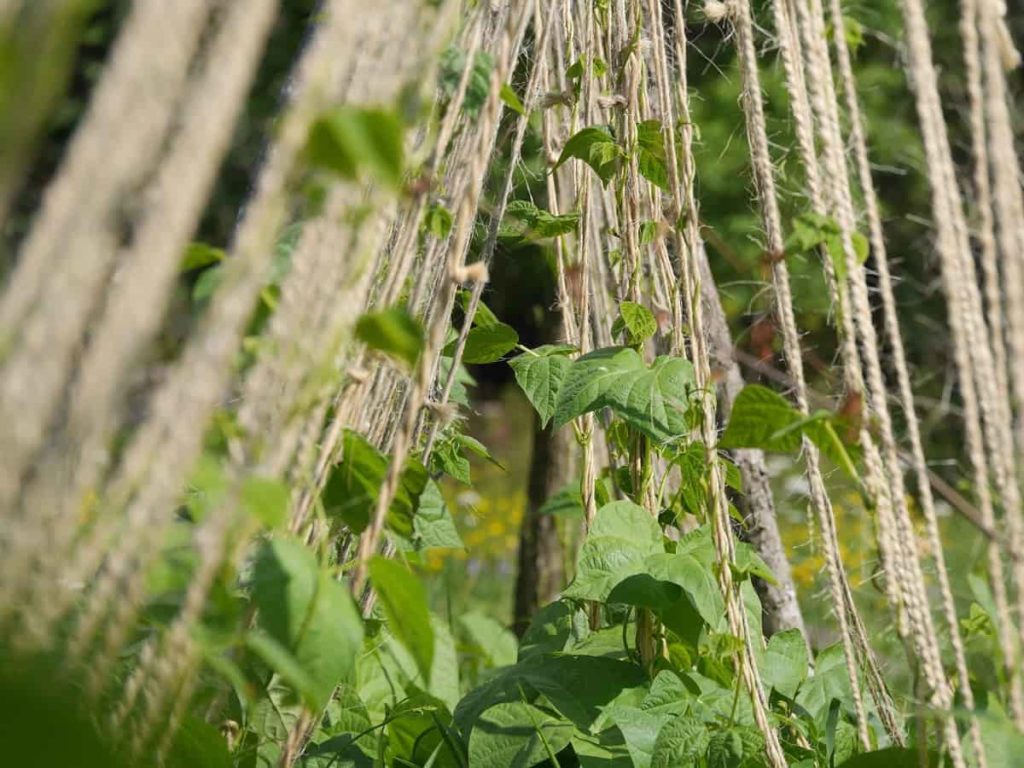
You should fertilize everything in the yard and save the plants that thrive in acidic soil. Camellias benefit from a top dressing of azalea-camellia fertilizer. Clematis, boxwoods, and lime peonies. Once a week, spray the roses for black spots. Now is the time to prune rose bushes. Throw away any canes that are too old or frail to use. The cuttings should be thrown away correctly. Prune Trees and shrubs of the Althea and crape myrtle varieties.
Take care of any necessary shaping and thinning of evergreens at the beginning of the month. It’s time to prune the English ivy severely. In the spring, it will flourish once more. Mow the Mondo Grass and Liriope down to a finer height setting (6 inches). Get rid of scraps. Eliminate the potential for disease by disposing of dead Camellia flowers. Pick up the empty shells of seed from underneath the bird feeders.
They will suffocate this new growth. Dead blossoms on tulips and daffodils should be removed. Wait till the leaves turn yellow and die before chopping them down. Plant perennials should be divided between April, including violets, liriope, ajuga, Shasta daisies, mums, and others. The garden grows okra, melons, maize, beans, cucumbers, eggplant, and tomatoes. Put out the basil.
Ageratum, alyssum, dianthus, celosia, begonias, geraniums, marigolds, moss rose, impatiens, petunias, coleus, and caladiums can all be planted outside after the threat of frost has passed. Bulbs such as calla lilies, dahlias, gladiolus, canna lilies, and Gloriosa lilies will blossom throughout the summer and autumn. Plant some zinnias if you want colorful flowers in the spring and early summer.
Fall gardening in Mississippi
Growing cool-season vegetables for an October harvest requires planting them mid to late summer. Long-maturing fall crops should be planted in August, including beets, Brussels sprouts, broccoli, cabbage, and cauliflower. Gardeners in Mississippi have found that the cooler fall air encourages their crops to grow into a more tasty and prolific shape, which leads to a better end product. You can sow seeds for greens in the month of September. Non-leafy plants should be started from seed, not seedlings.
Green Comet and Duke broccoli, Violet Queen cauli, Snowball and Snow Crown cauliflower, Blackseeded Simpson, Red Sails Bibb lettuce, Salad Bowl, and Bloomsdale lettuce are all recommended. Spinach that will last for a long time in climates like Mississippi’s. Produce cultivated in the fall and winter can tolerate frost, but keeping it out of the cold is essential. Cover the rows with blankets or sheets if it gets below 32 degrees Fahrenheit at night. Cool-weather vegetables should be watered daily until the temperature dips below 80 F.
Herbs are a terrific way to use the season’s abundance in the kitchen and salads. You should grow fennel, dill, and basil during the warmer months. Cool-weather fruits and vegetables have characteristics that are mirrored by herbs like mint, cilantro, oregano, sage, savory, and parsley. The warm and humid conditions in Mississippi cause the perennial plant rosemary to develop into a dense bush. Besides basil, an autumn herb garden may get by with less water than a vegetable garden.
Summer gardening in Mississippi
Seeds and young plants thrive in the gentle June rains of the Pacific Northwest because they are continually hydrated—almost soaked—by the water. Young plants such as pumpkins, squashes, and zucchini thrive in consistently wet soil; as June progresses, the warmer, brighter weather will encourage rapid growth. In June, you can also get good results in growing beets, parsnips, carrots, and potatoes.
However, if you live somewhere wet, you shouldn’t plant them quite yet. Seeding in the middle of what seems like summer can be challenging in warm climes. Rinsing is required to get adequate water for seeds to germinate towards the interior. In zones 8 and 9, try planting tomatoes, melons, maize, and okra in June, but be sure to protect the seeds from drying out by placing them under a row cover. In the South, the second crop of peas may be planted, sweet potatoes can be grown, and land can be prepared for autumn planting.
Winter gardening in Mississippi
Take any tender plants indoors before the temperature drops in December. Mulch or pine straw can shield fragile plants from the elements to a depth of 6-8 inches. If frost is forecast, ensure your plants are properly hydrated if the ground is frozen, water the plants as soon as possible. Transplant hyacinths and tulips that have been stored in the fridge for six weeks at the end of the month. You can grow various fruit, nut, and citrus trees from their bare roots.
Prepare your garden for spring by planting deciduous shrubs, including azaleas, camellias, Indian hawthorns, nandinas, wax Ligustrum, pyracanthas, fake oranges, hydrangeas, blooming quince, and spireas. You may grow tarragon, chives, marjoram, oregano, and rosemary in a sunny window. Avoid unnecessary pruning and only remove diseased or dead branches. Brown perennials should have their heads lopped off, but the roots should be left in the ground. Spring-blooming bushes should not be pruned.
In case you missed it: How to Plant and Care for Begonias: A Step-By-Step Growing Guide for Beginners
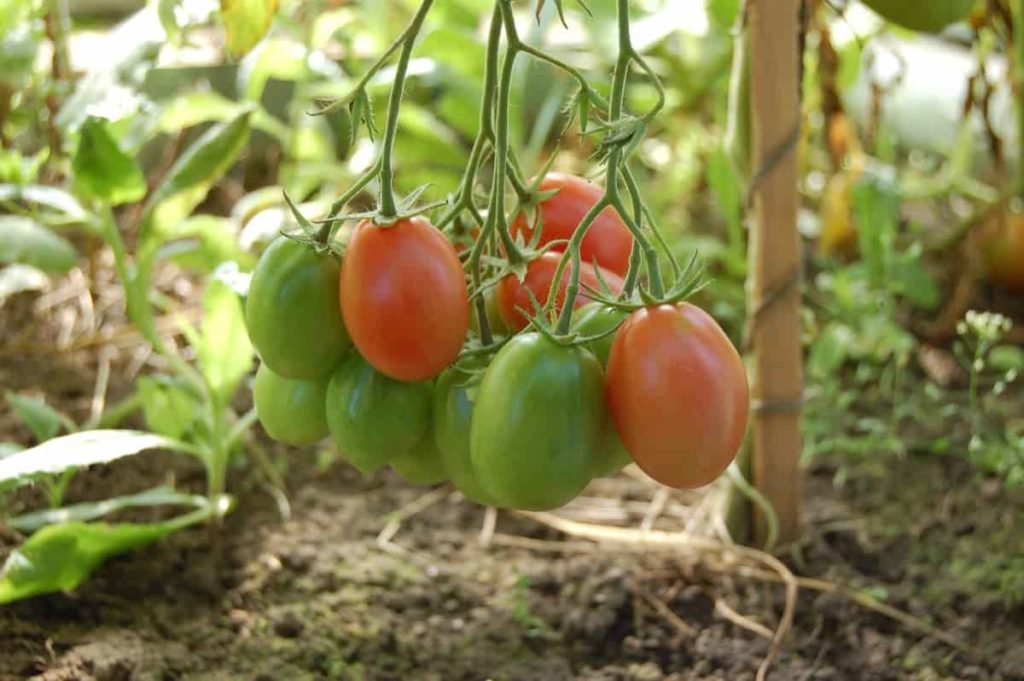
To encourage regrowth from the soil up, remove any dead or dying brown fronds from ferns. Remove mistletoe from trees by cutting it. Make notes on paper about what you want to do to the garden in January. As a result, you’ll waste less time, energy, and resources. If you want to plant a particular seed, get it early in the planting season before the company runs out of stock. In other words, plant some plants and bushes that are now dormant. This time, plants come in several forms, including containers, bare roots, and balled and burlapped.
Make sure the soil drains effectively where you wish to plant. Plants should be set at or slightly higher than the current soil level. Grow some larkspur, poppies, and onions. Take down any sick, damaged, or dead branches from the trees. If overgrown bushes are a safety concern, give them a little trimming. Eliminate the potential for diseases or insect infestation by disposing of cuttings. Plant choices for your spring garden and flower beds should be made in February.
You should try some different plant varieties now and again. Calculate how many seed packets you’ll use, and don’t forget to stock up if you want to plant again once the summer heat subsides to enjoy a second bloom harvest. Broccoli, cauliflower, carrots, English peas, onion sets, kale, collards, kohlrabi, beets, radishes, Chinese cabbage, and other cool-season vegetables can all be started in a cold frame. Asparagus should be planted in a bed that has been adequately prepared.
The seeds of your herb garden may be started inside and moved outside in early April. Trees, both decorative and fruit, are excellent planting targets. After February 15th, plant fresh roses or reposition existing ones. To get the most out of your tree and shrub fertilization, save it until the last week of the month. Use a comprehensive, slow-release fertilizer or implement the suggestions of a soil test. Roses benefit from a generous top dressing of fertilizer buried under several inches of compost or mulch.
Mississippi vegetable planting calendar/planting guide/monthly chart
| Vegetables | Zone 7 | Zone 8 | Zone 9 |
| Beans | Apr to Mid-Oct | Mid Mar to Mid-Oct | Mid Feb to May Sep to Nov |
| Beets | Mar to May Aug to Oct | Mid Feb to Mid-May Mid-Aug to Mid-Nov | Feb to Apr Mid Sep to Nov |
| Broccoli | Mid Feb to May Aug to Mid-Nov | Feb to Mid-May Aug to Nov | Mid Jan to Apr Mid Aug to Mid-dec |
| Brussel Sprouts | Mid Apr to Mid-Sep | Apr to Aug | Mar to Jun |
| Cabbage | Mar to Mid-June Mid-July to Oct | Mid Feb to May Aug to Mid-Nov | Feb to Mid-May Sep to Mid-Dec |
| Carrots | Mar to mid-June Aug to Oct | Mid Feb to May Mid-Aug to Mid-Nov | Mid Feb to May Mid Sep to Mid Dec |
| Cauliflowers | Mid Feb to May Aug to Mid-Nov | Feb to Mid-May Mid-Aug to Nov | Feb to Mid-May Sep to Mid-Dec |
| Corn | May to Aug | Mid Apr to Aug | Mid Feb to May Mid-Aug to Nov |
| Cucumber | May to Aug | Mid Apr to Aug | Mid Feb to May Mid-Aug to Nov |
| Kale | Mar to May Aug to Mid-Nov | Mid Feb to Mid-May Mid-Aug to Mid-Nov | Oct to Dec |
| Lettuce | Mar to May Aug to Oct | Mid Feb to May Mid-Aug to Mid-Nov | Mid Jan to Apr Mid-Sep to Mid-Dec |
| Onions | Mar to Aug | Mid Feb to Aug | March to May |
| Peas | Mid Feb to Mid-May Mid-Aug to Mid-Nov | Mid Feb to Mid-May Sep to Mid-Nov | Jan to March Oct to Mid-Dec |
| Peppers | Mar to Sep | Mid Feb to Mid-Sep | Jan to May Mid-July to Nov |
| Spinach | Mar to June Aug to Mid-Nov | Mid Feb to May Sep to Nov | Mid Jan to Apr Mid-Sep to Mid-Dec |
| Squash | May to Mid-Oct | Mid Apr to Mid-Oct | Mar to Jun |
| Tomato | Mar to Sep | Mid Feb to Mid-Sep | Jan to May Mid-July to Nov |
In case you missed it: Kentucky Vegetable Planting Calendar (KY): Month Wise Guide for Fall, Winter, Spring, Summer, Zone 6, and Zone 7
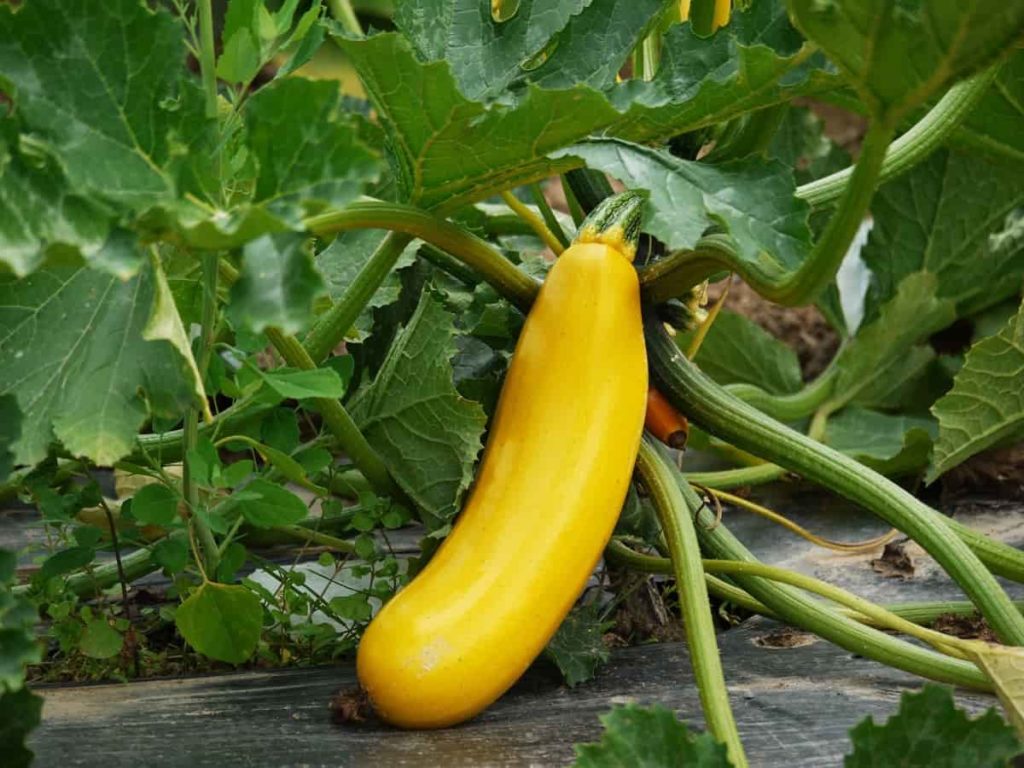
Conclusion
Remember that root crops, low-growers, and tall climbers can all benefit from planting in the same container. Using this method, the climbers can scale a trellis while the ground cover plants can roam freely around them. If you live in the following towns, cities, and counties of Mississippi (MS) of Zone 7, Zone 8, and Zone 9 in the United States, this article may be helpful to understand the vegetable planting calendar and a month-wise chart along with planting seasons.
| Jackson | Mississippi City |
| Biloxi | Booneville |
| Tupelo | Pontotoc |
| Gulfport | Petal |
| Hattiesburg | Lucedale |
| Meridian | Horn Lake |
| Lafayette | Kosciusko |
| Oxford | Senatobia |
| Laurel | Moss Point |
| Southaven | Yazoo City |
| Starkville | Poplarville |
| Vicksburg | D’Iberville |
| Olive Branch | Gautier |
| Natchez | Iuka |
| Pearl | Bay St. Louis |
| Flowood | Pass Christian |
| Ridgeland | Water Valley |
| Ocean Springs | Vancleave |
| Canton | Escatawpa |
| McComb | Central Mississippi |
| Pascagoula | Eastern Mississippi |
| Clarksdale | Western Mississippi |
| Picayune | Southern Mississippi |
| Hernando | Northern Mississippi |
- Management Pests and Diseases in Your Cotton Field
- Sheep Farming Business Plan for Beginners
- Aquaponic Farming at Home: A Step-By-Step Guide
- Profitable Village Farming Business Ideas in 2024
- High-Yield Aquaculture: Fast-Growing Fish for Farming
- Effective Fish Pond Construction Techniques for Beginners
- Irrigation and Water Management in Pineapple Farming
- Blossom to Harvest: Mastering Flowering and Pollination in Papaya Farming
- Pig Fattening Essentials: From Selection to Sale for Beginners
- Raising Wagyu Cattle: A Complete Guide for Premium Beef Production
- Soil Types and Their Water Holding Capacity
- Optimizing Irrigation Schedules for Coconut Groves for Enhanced Yield
- Espresso Your Garden: Coffee Grounds for Healthier Acid-Loving Plants
- The Best Soil Mix for Snake Plants: How to Mix Your Own Snake Plant Soil
- Green Thumb Success: Expert Tips for Cultivating Greenhouse Beans All Year Round
- Bloom All Year Round: The Ultimate Guide to Indoor Hyacinth Care
- Eco-Friendly Gardening: How to Make Liquid Fertilizer from Kitchen Waste
- Ultimate Guide to Grow Anise in Pots: Explore Seed Propagation to Harvesting
- Guide to Raising Chester White Pigs: Discover Breed Facts to Growth Management
- Mastering the Elegance: The Ultimate Guide to Weeping Cherry Tree Care, Planting, and Maintenance
- Ultimate Guide to Planting Garlic in Grow Bags: Growing Strategies for Beginners
- How to Fix Spider Plant Leaf-Related Problems: Natural and Organic Remedies
- 10 Reasons Why Your Tulsi Plant is Shedding Leaves: Home Remedies and Solutions
- Optimizing Growth and Yield: The Advantages of Palm Bunch Ash Fertilizer
- Utilizing Neem Oil Extract as a Natural Pesticide for Hydrangea
- From Soil to Harvest: Various Ways in Which Farmers Can Use AI Tools
- Steps to Encourage and Induce Citrus Flowers: A Comprehensive Guide
- How to Fix Snake Plant Leaf-Related Issues: Natural and Organic Remedies
- Transform Your Garden into a Fragrant Oasis with Raat Ki Rani (Night Blooming Jasmine)
- Discover the Ideal Chicken Breeds for Philippine Farms
- How to Create a Poultry Egg Farm Business Plan for Profits
- Grow Lemon Cucumbers Like a Pro: Insider Techniques for Bountiful Yields
- Ultimate Guide to Caring for Your Pink Princess Philodendron: Tips for Thriving Variegation
- Areca Nut Profit Per Acre: Calculating Yield and Cost of Cultivation
- How Kaveri Chicken is Becoming a More Profitable Breed in Indian Backyards
- Transform Your Barn: 9 Steps to Convert a Horse Stall into a Chicken Coop
